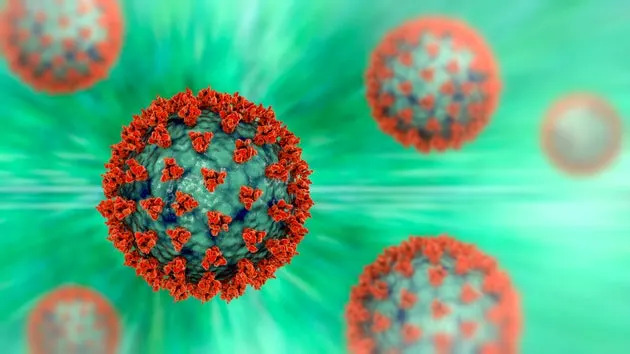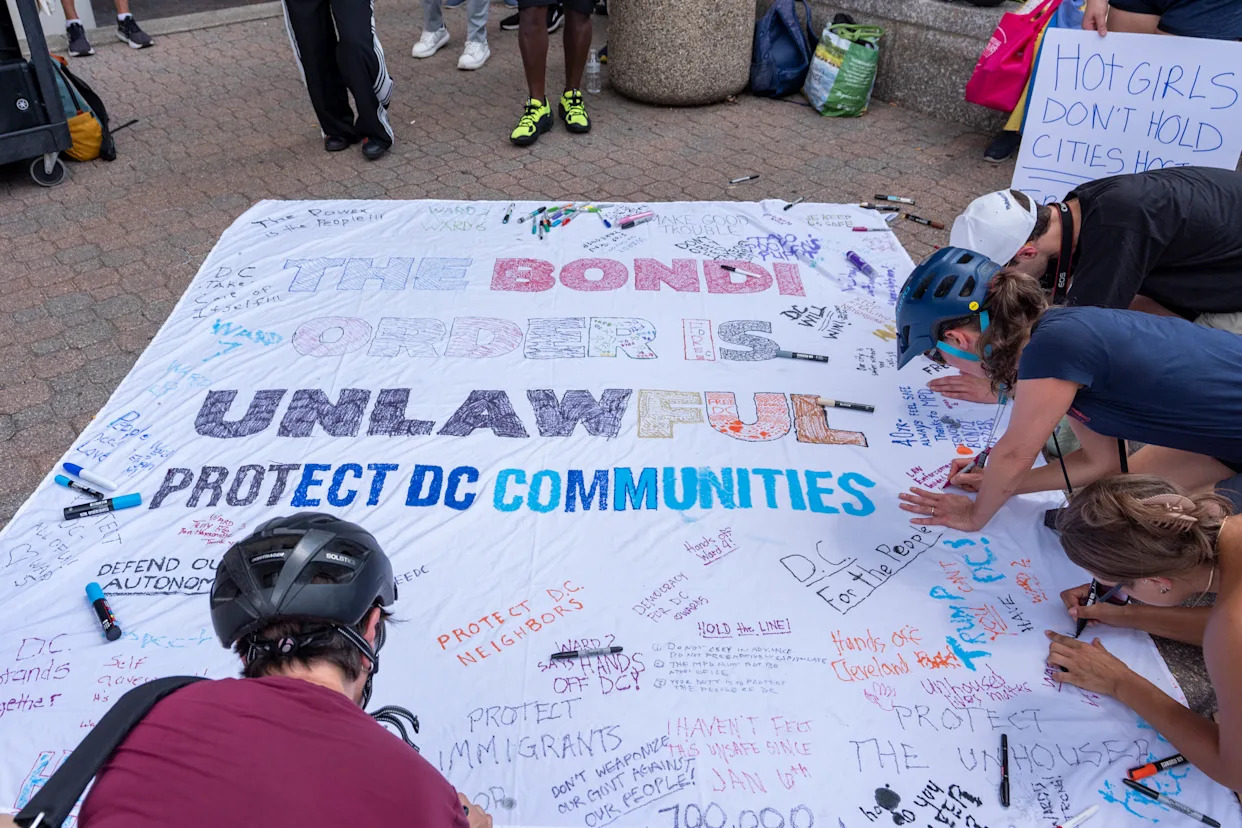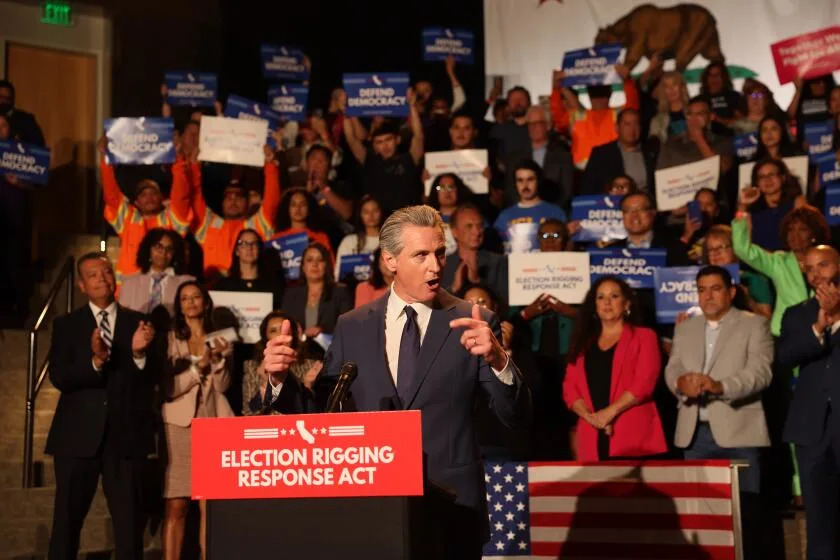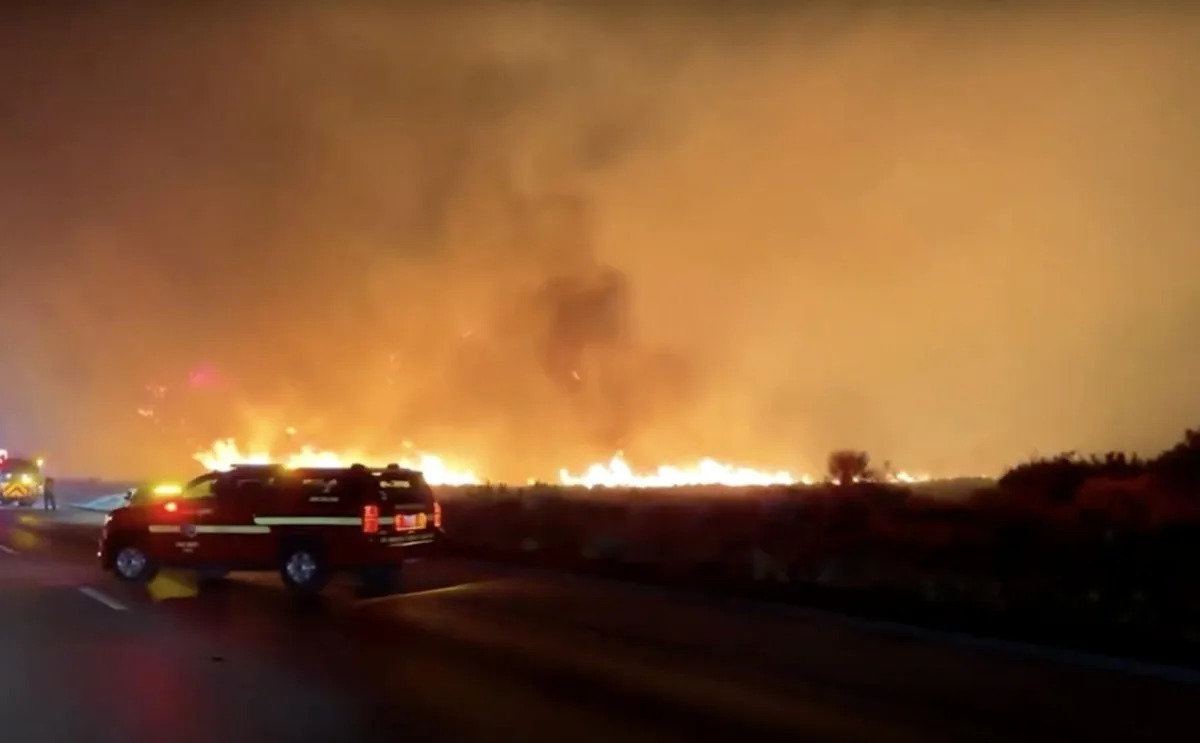Those sniffles likely aren’t a summer cold; COVID-19 is everywhere right now.
And things are expected to get worse before they get better. Some experts predict virus rates will continue to rise as we ride out this summer infection surge.
Jay Weiland, an infectious disease modeler, shared on social media that he predicts the summer COVID-19 wave will hit a peak in early September. So, now’s the time to follow COVID prevention strategies such as wearing a mask in crowded spaces and washing your hands well.
Related: 7 Sleep Behaviors That May Actually Be Sneaky Signs Of ADHD
Jenn Dowd, a professor of demography and population health at the University of Oxford in England, referenced Weiland’s prediction model in her Substack newsletter, Data for Health, alongwith recent data from the Centers for Disease Control and Prevention that shows COVID infections rising in all but five states. “Since the data are lagging by a week, it’s likely levels are already higher, with a predicted peak in early September, just in time for back-to-school,” Dowd wrote in her newsletter.
This prediction should be taken with a grain of salt, though, experts say. COVID has proven to be anything but predictable over the last five-plus years.
“One thing to know is that a September peak is a best guess based on current trends, but we can’t know for sure how big or long-lasting the current upswing in cases will be until we are on the other side of it,” Dowd told HuffPost via email.
COVID levels are lower than last summer, thankfully, according to wastewater data and hospitalization levels, “but, back-to-school could pour fuel on the fire of any viral spread, so we’ll get a better picture in the next few weeks,” Dowd added.
The models that are used to predict COVID peaks are an imperfect tool, but still contain valuable information, added Jessica Malaty Rivera, an infectious disease epidemiologist.
“If we look at the past, we’ve always had a summer wave [and] we’ve always also had a back-to-school flu season wave. So it’s no surprise that they’re cross-referencing both the historical incidence of COVID and what we’re seeing in wastewater to say it’s pretty likely that this many people probably have COVID right now, or may likely get COVID right now, because this many people are shedding the virus,” added Malaty Rivera.
But, Malaty Rivera said that wastewater data is only accurate to a certain extent.
“You can’t always say that the presence of virus [in wastewater] is infectious virus,” she explained.
Wastewater data can’t distinguish between active virus and non-infectious virus fragments from someone who was infected months ago, Malaty Rivera explained. (Just like how, early in the COVID pandemic, PCR tests could come back positive for months after someone recovered from a COVID-19 infection, she noted).
Related: The Most Common COVID Symptoms Doctors Are Seeing In Winter 2025
“And so the presence of COVID-19 [in wastewater] is not necessarily the presence of active virus. It could be a virus from people who were sick weeks ago or months ago who are still shedding virus, but it’s not an infectious virus,” she added.
That being said, we are in a COVID surge right now and we should expect another bump as kids head back to school in September and as folks return from summer vacations, said Malaty Rivera.
“The fall, back to school, return from vacation, has always historically shown an uptick in respiratory illnesses, and COVID is not exclusive to that. COVID is now part of our annual cadence,” she said. “And so the summer surge is no surprise, and to expect another bump is also completely based on evidence.”

If you do get sick during the summer COVID wave, here’s what you should do:
If you get infected with COVID, the CDC’s recommendations say you should stay home when you’re sick and isolate from other people in your home. The CDC guidance goes on to say you can exit isolation once you’re fever-free and your symptoms are improving or resolving for at least 24 hours.
At this point, you can return to your daily life, but should take additional steps to protect others, such as wearing a mask, staying away from other people, and washing your hands frequently for five extra days.
Malaty Rivera said you should take this one step further because “resolving symptoms” is completely subjective, she noted. What’s “resolving” for one person could mean being very sick for another.
“And no fever... fever is not the only indicator... for infectiousness to others,” she added.
“Based on the evidence, if you are testing positive on a rapid antigen test, that means that you are likely infectious to others. If you are infectious to others, that means you should be isolating from other people and wearing a mask in indoor settings if you’re forced to be in indoor settings with other people,” she said.
Related: COVID Cases Are Rising This Summer, But Not All The Data Shows It — Here's Why
If you need fresh air, it’s OK to go outside without a mask, but you shouldn’t be close to other people, said Malaty Rivera.
“I don’t think people should be unmasked in places with other people unless they are testing negative on an antigen test,” she said.
If you are sick, you can also check with your doctor to see if you’re eligible for Paxlovid, which is an anti-viral COVID medication, Malaty Rivera said.
There are things you can do to prevent a COVID infection, too.
“If you didn’t get an updated COVID vaccine in the past year, it might be a good time to get one, especially before any changes in eligibility come into effect,” said Dowd.
If you are over 65 or immunocompromised, you’re eligible for another COVID shot, she added, so long as you’re six months out from your last dose.
“But, besides protection from vaccines, when there is more COVID around, it’s a good time to ramp up our trusty precautions that work for most respiratory viruses,” Dowd said.
Related: These 6 Tiny Body Language Clues Could Indicate Your Partner’s Not That Into You
“This includes paying attention to ventilation when socializing (such as being outside or opening doors and windows [and] using HEPA filters), staying home when sick and masking strategically in higher-risk situations like airplane travel or other crowded places,” noted Dowd.
While COVID levels are lower than previous summer waves, it is still a serious infection that can lead to death, complications and long COVID.
Do what you can to stay safe this summer, but “with COVID prevention, don’t let the perfect be the enemy of the good,” Dowd said.
“You don’t have to do everything right, but even small precautions can add up to lower transmission and protect our communities,” she noted.







Comments